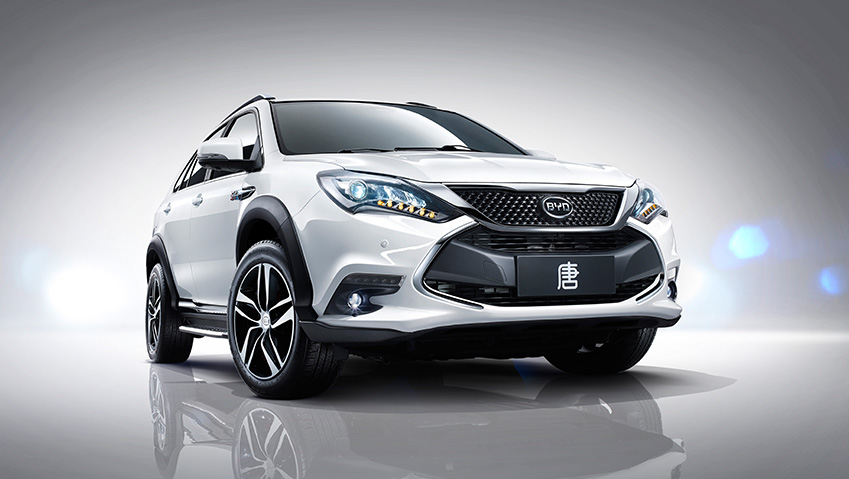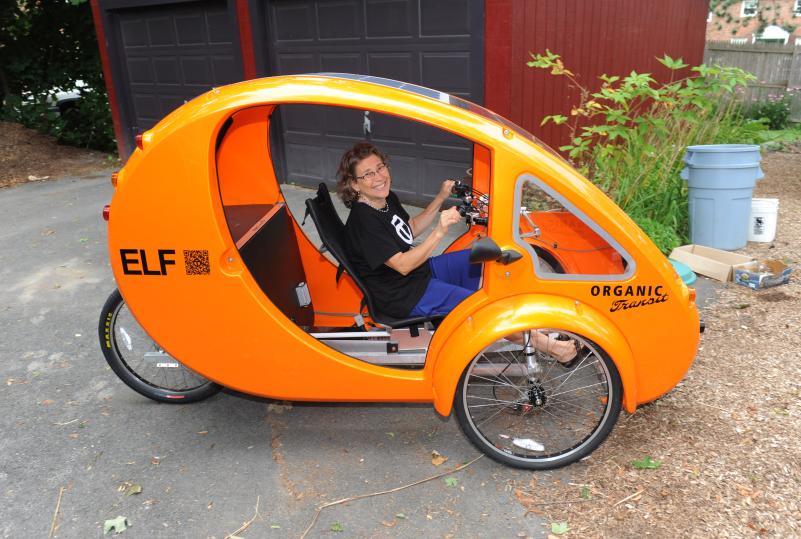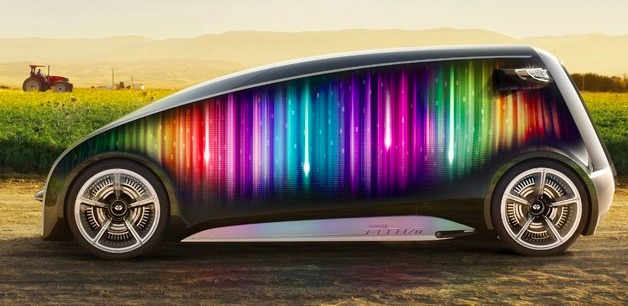 A team of MIT (Massachusetts Institute of Technology) students has been working on testing a rapid-charging system that could help to change public perceptions about electric vehicles and their practicability.
A team of MIT (Massachusetts Institute of Technology) students has been working on testing a rapid-charging system that could help to change public perceptions about electric vehicles and their practicability.
They have already done extensive testing of the system with an individual battery cell and with a motorcycle they converted to all-electric operation, and in the following months they hope to be able to demonstrate the system on a full-sized sedan they converted.
The goal is to demonstrate that charging can be accomplished routinely in under 30 minutes without severely reducing the operating lifetime of the batteries or causing other problems. In the year since the MIT Electric Vehicle Team started working on the project, new and established companies have begun to offer commercial rapid-charging systems, and Japan has officially adopted a new standard for the connectors for such systems and has begun installing the systems in more than 100 locations. The Nissan Leaf, a pure electric five-passenger car to be introduced in the U.S. later this year, is already capable of rapid charging in 30 minutes in places that have the necessary “Level III” charging system. (So far, there is just one such station in the U.S., in Portland, Oregon).
Next week, Lennon Rodgers, a doctoral student in mechanical engineering and a member of the MIT Electric Vehicle Team, will present a paper on the team’s rapid-charging tests at the 12th International Conference on Advanced Vehicle and Tire Technologies in Montreal. The paper was co-authored by fellow team members Radu Gogoana ’10, a master’s student in mechanical engineering, Paul Karplus (an undergraduate at Stanford) and Michael Nawrot ’11.
Electric vehicle rapid charging, also known as Level III, requires much higher voltages and current than what is supplied by conventional household circuits. The Japanese electric vehicle rapid charging standard, called CHAdeMO, provides DC power at up to 500 volts with a current of 125 amps. Typical chargers operate on standard AC power, using either 110 volt household current (Level I), which generally can recharge an electric car’s batteries overnight, or special systems (similar to those needed for electric stoves or clothes dryers) that use 220 volts (Level II), which can cut the charging time in half. “Rapid charging” systems typically refer to those that can charge the batteries to at least 80 percent of capacity within 30 minutes.
Because of the large power requirements, this is not something you’d ever do in your home garage. Rather, this fast-recharge technology might be installed in central recharging stations comparable to today’s gas stations, where the cost of the necessary infrastructure could be warranted and where a fast turnaround is necessary. In many cases, electric vehicle rapid charging systems can provide a 50 percent charge — typically enough to travel 50 miles — in under 5 minutes, comparable to the time it takes to fill a gas tank.
While electric vehicle rapid charging — largely being promoted by companies with long commercial experience with recharging industrial fork lifts and similar vehicles — is beginning to attract attention, there has been relatively little testing on the effects of repeated rapid charging on battery life and performance. “Is it damaging over time? That’s the issue we wanted to study,” says Rodgers. That’s the kind of data the MIT team was collecting in an attempt to prove the potential for this technology.
Rodgers says that the chemistry used in lithium-ion batteries made by the MIT spinoff company A123 Systems is the best suited for electric vehicle rapid charging, and the company’s website declares that the batteries are capable of being fully recharged in 15 minutes. These batteries, based on research carried out at MIT in the lab of Yet-Ming Chiang, professor of materials science and engineering, have been selected for several planned new electric vehicles including cars from Fisker Automotive and buses and trucks from Daimler and Navistar.




hey, nice blog…really like it and added to bookmarks. keep up with good work
Thanks for sharing this useful information! Hope that you will continue writing nice articles like this. I will be one of your loyal readers if you maintain these kinds of posts!
What a blogpost!! Very informative and easy to understand. Looking for more such blogposts!! Do you have a myspace?
I recommended it on digg. The only thing that it’s missing is a bit of speed, the pictures are appearing slowly. Anyway thank you for this information.